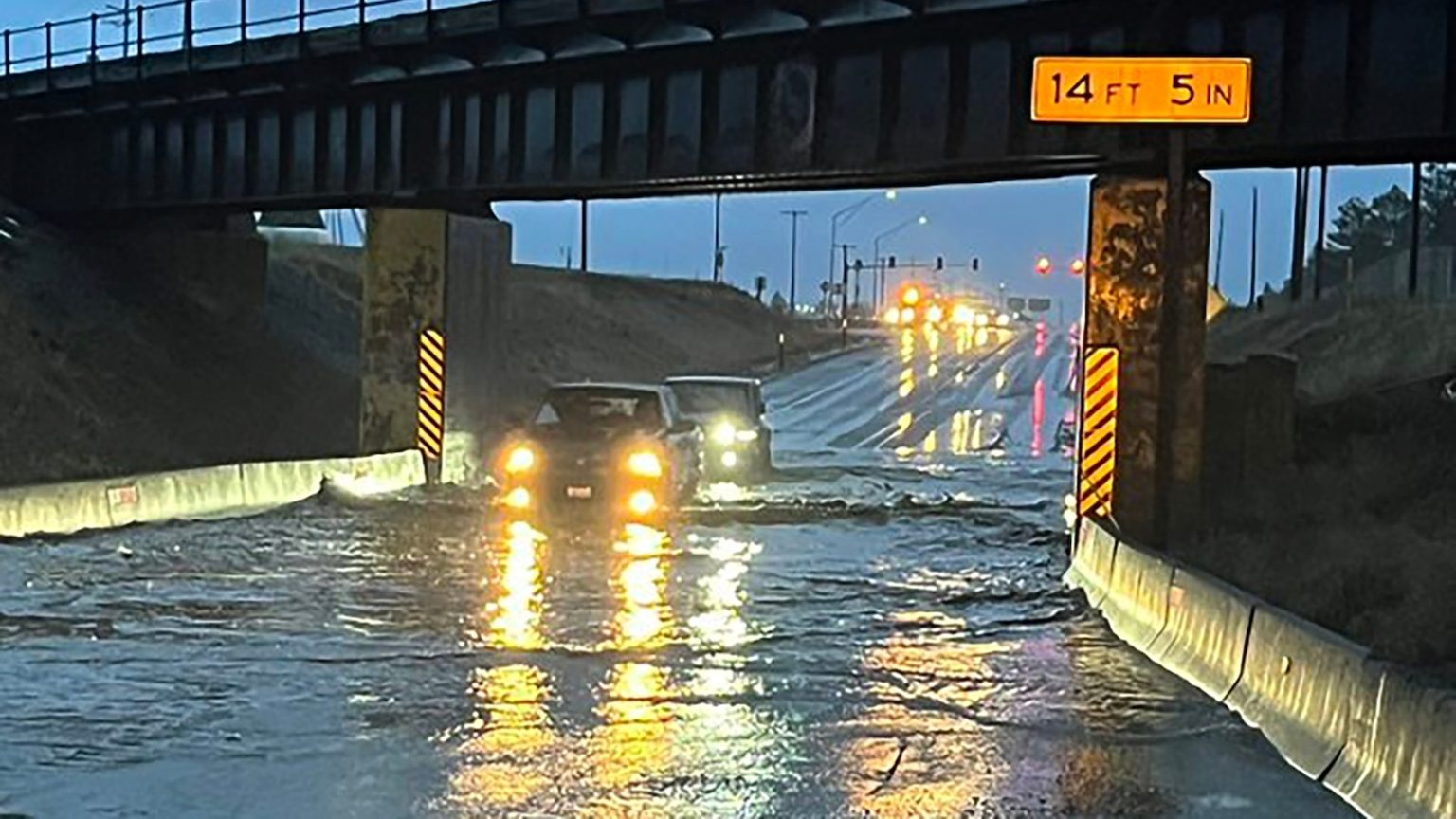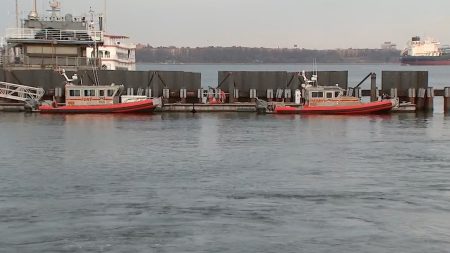A Series of Storm Systems Brings Flash Flooding to the Pacific Northwest
The Pacific Northwest experienced a tumultuous weekend as a series of storm systems, fueled by an atmospheric river, brought flash flooding to the region. Residents in areas like Washington and Oregon were caught off guard as heavy rainfall inundated the area, causing roads to wash out and forcing authorities to issue flood warnings. The Spokane area in eastern Washington was particularly hard hit, with 3 to 6 inches of rain falling over the weekend. The relentless downpour overwhelmed local infrastructure, leaving many roads impassable and prompting concerns about further flooding as another storm system approaches.
A New Storm System Brings More Rain, Snow, and Gusty Winds
As the region struggles to recover from the weekend’s flooding, another powerful storm system is set to impact the Pacific Northwest and northern Rockies on Monday and Tuesday. This new system is expected to bring even more heavy rain, snow, and gusty winds, exacerbating the already precarious conditions. The National Weather Service has issued flood watches for parts of Montana and Idaho, where snowmelt combined with additional rainfall could lead to dangerous flooding. Meanwhile, in the higher elevations of the northern Rockies, an avalanche warning has been issued due to the unstable snowpack caused by the rain and snow.
Rain and Snow Forecast: A Region on High Alert
The latest forecast paints a grim picture for the Pacific Northwest and northern Rockies. Heavy rain is expected to continue throughout the week, with particular concern for areas in western Washington and Oregon. The Spokane area, already reeling from the weekend’s deluge, could face further flooding as the new system moves in. In the northern Rockies, the combination of snowmelt and additional rainfall has authorities on high alert, with flood watches issued for parts of Montana and Idaho. The highest elevations of the northern Rockies are under an avalanche warning, as the recent rain and snow have destabilized the snowpack, making it prone to slides.
Damaging Winds and Coastal Impacts: A Multi-Faceted Storm
The storm system is not just bringing rain and snow; damaging winds are also expected to play a significant role. Gusts of 60 to 80 mph are forecasted for the Washington and Oregon coasts, extending inland as far as Montana. These strong winds could lead to power outages, property damage, and treacherous travel conditions. Coastal areas are also bracing for impact, as the storm is expected to generate massive waves reaching up to 34 feet. This has prompted warnings for mariners and beachgoers, as the powerful surf could pose a significant threat to safety.
Flooding Incidents and Avalanche Warnings: A Region Under Siege
The weekend’s flooding has already left its mark on the region, with significant incidents reported in Whitman County, Washington, and near Fairchild Air Force Base. Roads were overtaken by floodwaters, and the situation could worsen as the new storm system brings additional rain. In the northern Rockies, the flood watch for Montana and Idaho serves as a stark reminder of the potential dangers posed by the combination of snowmelt and heavy rainfall. Meanwhile, the avalanche warning for the higher elevations underscores the risks for outdoor enthusiasts, as the unstable snowpack could lead to deadly slides.
Coastal Storms and the Broader Impact: A Call to Action
As the storm systems continue to batter the Pacific Northwest and northern Rockies, the broader impact cannot be ignored. Coastal communities are bracing for the arrival of massive waves, while inland areas deal with the dual threats of flooding and damaging winds. The situation serves as a stark reminder of the power of nature and the importance of preparedness. Residents are urged to stay informed, follow evacuation orders if necessary, and exercise extreme caution when traveling or engaging in outdoor activities. As the region weathers this latest storm, the focus remains on safety and resilience in the face of an increasingly unpredictable climate.















